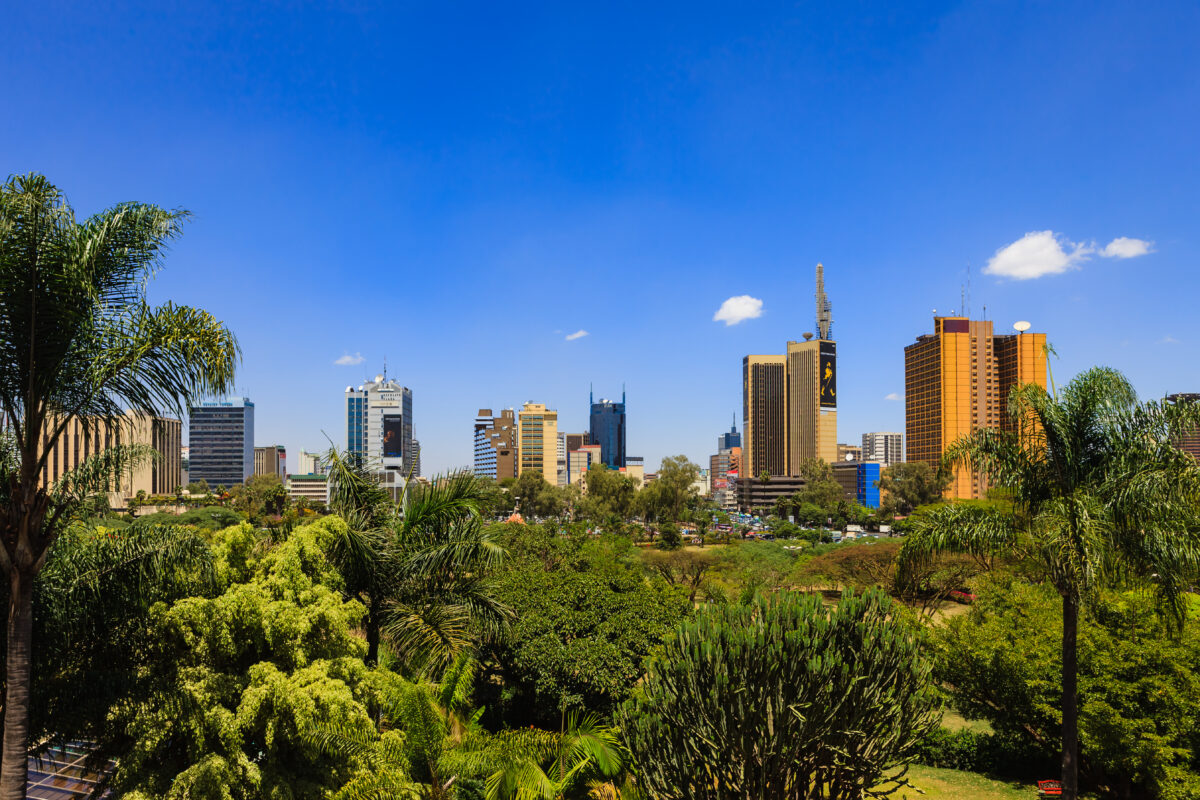Why does the Middle East and Africa (MEA) lead the world with regard to mobile payments? In particular, East Africa.
Unlike other previous topics with respect to fintech as a whole, it is quite nice to write and say that rather than the Middle East and Africa (MEA) playing catchup, it is in fact leading the world in regard to mobile payments – especially East Africa.
It has some of the world’s highest mobile penetration rates and a young population

The MEA region has some of the world’s richest economies where its citizens have large consumer purchasing power such as in the Gulf Cooperation Council (GCC) region of countries like Qatar and the United Arab Emirates (UAE) or Israel. In addition, despite being home to some of the poorest nations in the world, many of those countries still have pretty high mobile penetration rates.
As a whole, as highlighted in The Fintech Times ‘Fintech: Middle East and Africa 2021‘ report, around 30 per cent of the population of MEA which is around 1.8 billion people total is aged between 15 and 29 years old. In terms of young people ages 15 to 24, they are 20 per cent of the population in countries such as Egypt, Iraq, Lebanon, Libya, Morocco, Oman, Syria, Sudan, Tunisia, Saudi Arabia, Jordan and Algeria.
In the Middle East and North Africa (MENA) region, according to the Global System for Mobile Communications Association (GSMA), in 2019 the SIM card penetration rate exceeded 105 per cent and by 2025 it is expected that the region will have a smartphone adoption rate of over 80 per cent. The GCC region in particular (Saudi Arabia, Kuwait, Bahrain, Oman, Qatar and the UAE), has the highest and most advanced mobile and smartphone usage and infrastructure. For instance, in the UAE the smartphone penetration rate has reached 99 per cent and UAE smartphone users spend six and a half hours daily using them on average.
In a PwC survey of +1,000 respondents in the UAE, Saudi Arabia and Egypt, 53 per cent stated they had used smartphone payments for online deliveries during the pandemic and over 90 per cent of those that did so reported that they would continue using smartphone payments even after Covid’s worse.
With Mobile Money Africa is truly the leader and in particular East Africa

In terms of the African continent, from when the first edition of when the report was written in 2021, it was stated then that 800 million in Africa still do not have access to the internet. And this is where mobiles really have accelerated Africa and have positioned it to be a world leader in the space. This gap in services has led to innovative solutions in response.
A report from the International Monetary Fund (IMF) called ‘FinTech in Sub-Saharan African Countries‘ highlights that Sub-Saharan Africa has become the global leader in mobile money transfer services, which has brought widespread access to financial services. It says, “East Africa is leading in mobile money adoption and usage. Built on an appropriate pricing strategy to attract customers, suitable regulation, and a reliable and trustful network, Kenya represents today one of the most successful cases regarding the use of mobile money.”
For instance, just to see how impactful this has been in Senegal for example, over 70 per cent of adults reported using mobile money within the last 30 days while almost half of the respondents had difficulty or didn’t know how to read or write.
Fintechs have addressed the need for those problems unique to MEA in particular with M-Pesa
Unique to MEA is due to a combination of factors, such as in Africa where, as a whole, mobile phones have helped close gaps that those in developed economies take for granted like internet or financial services. And this is where fintech really has made an impact via those mobile devices.
This has started with the likes of M-Pesa from Kenya, which helped address a need and has given many Africans access to financial services such as being able to access payments and receive/send money – even with just a basic mobile phone that uses unstructured supplementary service data (USSD) technology.
Having used M-Pesa myself in East Africa, it is quite amazing that solutions like M-Pesa made a strong impact on the average African with just basic USSD technology. It is remarkable to note that it was launched in 2007, before the word fintech really became a thing in its current definition and even before the 2008 Global Financial Crisis that helped accelerate fintech in its current state.
Besides M-Pesa, other players in the African continent include the likes of Airtel, MTN – to name a few.
According to the ‘State of the Industry Report on Mobile Money 2022‘ report by GSMA, in 2012, mobile money was largely an East African phenomenon, with Sub-Saharan Africa accounting for 84 per cent of all active (30-day) accounts. However, today that has spread globally and that innovation is now being enjoyed by the rest of the world. Nevertheless, Sub-Saharan Africa still accounts for half (53 per cent) of all total global 30-day active mobile accounts.
The global annual value of transactions last year surpassed $1trillion (with Africa accounting for 70 per cent of that value). Cash-in cash-out and person-to-person (P2P) were the bulk of the value but there has been more noticeable growth with regards to our digital lives (also thanks to the pandemic) like paying school fees or online and offline merchants and also remittances.
With P2P, it topped $386billion for the first time last year, with transaction values growing the fastest in MENA at 49 per cent and followed by Sub-Saharan Africa at 40 per cent.
As mentioned, with this initially being at the time an East African phenomenon – the growth of mobile payments has accelerated across the world and also to other parts of MEA beyond just East African countries like Kenya or Uganda or Rwanda and Tanzania.
For example, the GSMA report highlights that they expect account growth to come from not only long-established mobile money markets but also in African countries where this concept isn’t as widespread as in East Africa – countries in West Africa notably Nigeria, as well as Angola and Ethiopia. In particular with its large population, Ethiopia in my opinion is a country to watch for future fintech growth.
Beyond just Sub-Saharan Africa, MENA, although trailing in comparison, still has nearly 60 million registered accounts (30 days) – which represents a seven per cent growth from the previous year from the same GSMA report. As mentioned earlier it was the region with the highest growth (49 per cent) for the value of transactions. I also predict that MENA will also be a potential one to watch for future growth as well.
On a final note, time will tell but with the African Continental Free Trade Area (AfCFTA), in particular, Africa as a whole can further benefit as cross-border payments, in particular fees and other hurdles and inefficiencies, remains a challenge. Therefore, mobile payments could only benefit from further economic integration with its fellow African nations. Similarly, in the Middle East such as with Buna and other cross-border transaction initiatives, this can also further help mobile payments further grow.
MEA has been truly leading in mobile payments in their own ways – with East Africa in particular with its popularity and with the Middle East being some of the world’s highest adopters of smartphones. Time will tell but MEA is in a strong position to further contribute to other innovations in this space.



